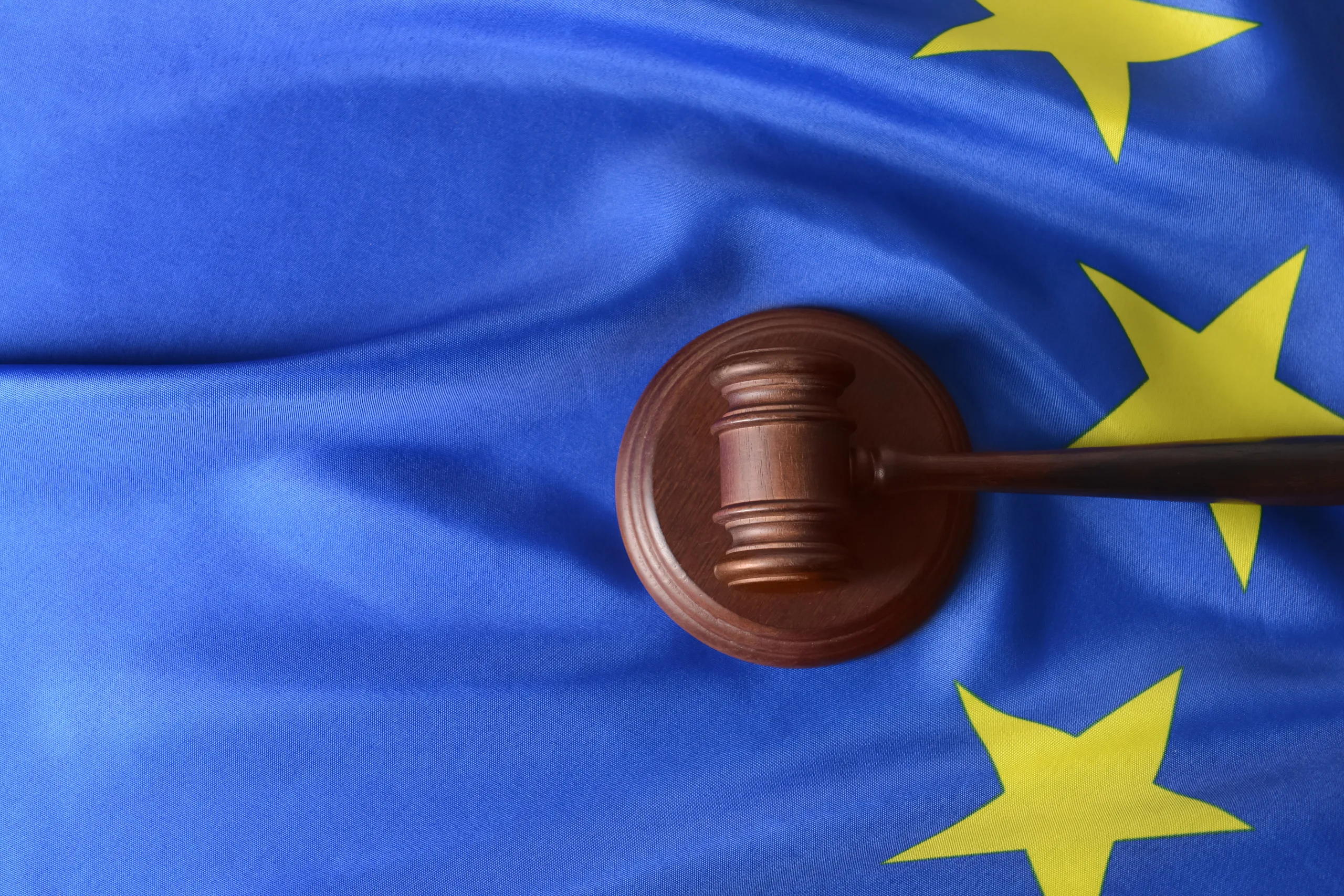Bringing a medical device to market is a meticulous process that requires adherence to stringent regulatory standards. One of the key milestones in this journey is obtaining the CE mark, a symbol that attests to a product’s compliance with EU regulations. In this blog, we will delve into the intricacies of the CE marking process for medical devices, providing a comprehensive guide for manufacturers navigating the regulatory landscape.
The CE marking is a mandatory conformity mark for products sold within the European Economic Area (EEA). For medical devices, obtaining the CE mark signifies compliance with the Medical Devices Regulation (MDR) or the In Vitro Diagnostic Regulation (IVDR), depending on the nature of the device.
The entire process begins with determining the appropriate classification of the device according to the EU MDR or IVDR. Classification criteria include factors such as intended use, contact duration, and invasiveness. Subsequently, you will select the appropriate conformity assessment procedure based on the device’s classification. This may involve self-assessment, involvement of a Notified Body, or a combination of both.
Next you must compile comprehensive technical documentation that demonstrates conformity with relevant standards, safety requirements, and performance characteristics. This documentation is a critical aspect of the CE marking process. Following this, you must prepare a Declaration of Conformity, a legal document signed by the manufacturer or authorized representative declaring that the device complies with applicable regulations.
If required, involve a Notified Body for higher-risk devices. The Notified Body assesses the conformity of the device through an audit of the technical documentation and may conduct on-site inspections.
Based on the classification of your device, certain systems and requirements will be applicable to your device. This includes varying levels of post-market surveillance and labeling requirements (including UDI).
Navigating the CE marking process for medical devices is a meticulous endeavor that demands a deep understanding of regulatory requirements. Manufacturers must approach the process systematically, from device classification to technical documentation and involvement with Notified Bodies when necessary. By embracing a proactive and comprehensive approach, companies can successfully obtain the CE mark, gaining access to the lucrative European market while prioritizing patient safety and regulatory compliance.
The experts at EMMA International can help you comply with the EU regulatory requirements, obtain a CE mark, and get your product on the European market! Give us a call at 248-987-4497 or email info@emmainternational.com to learn more!





